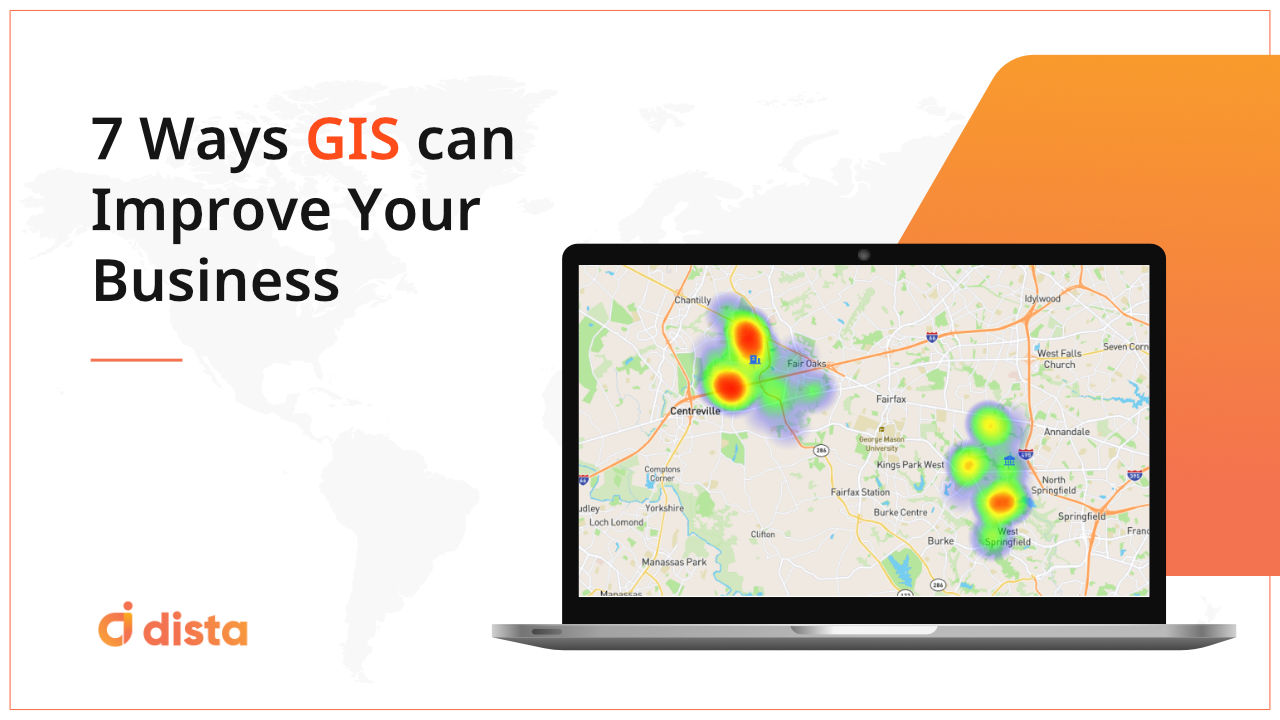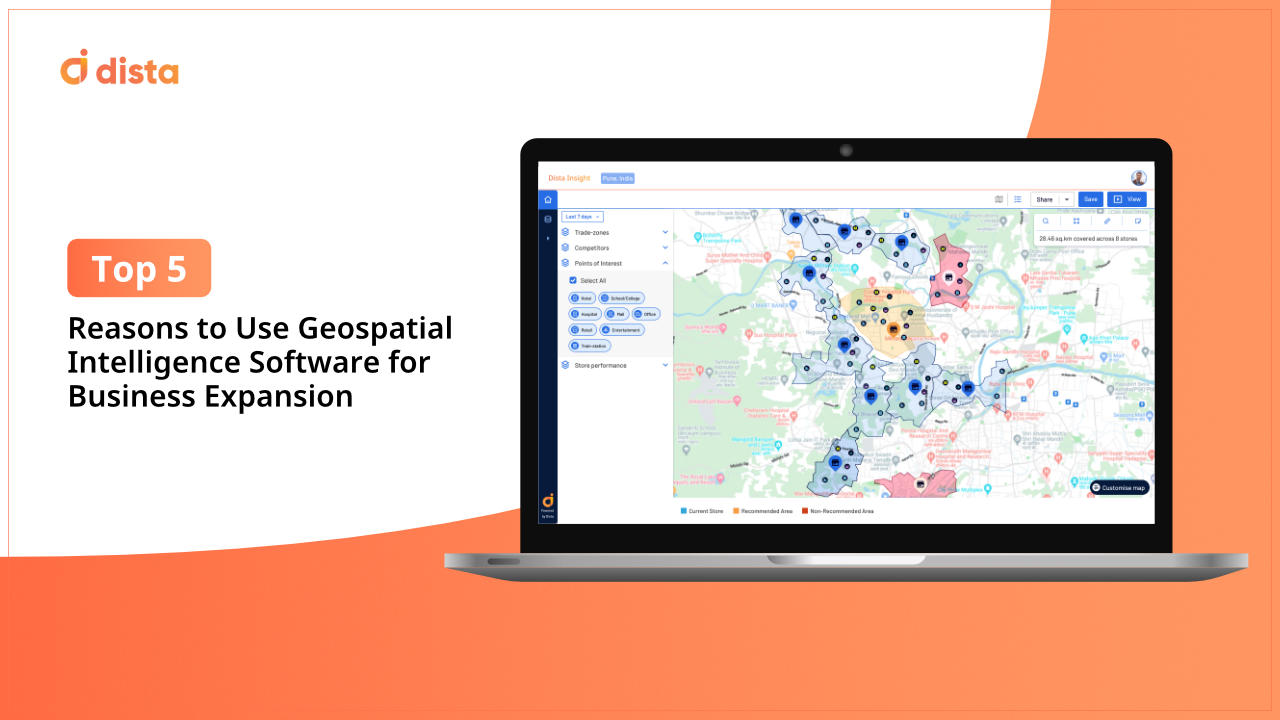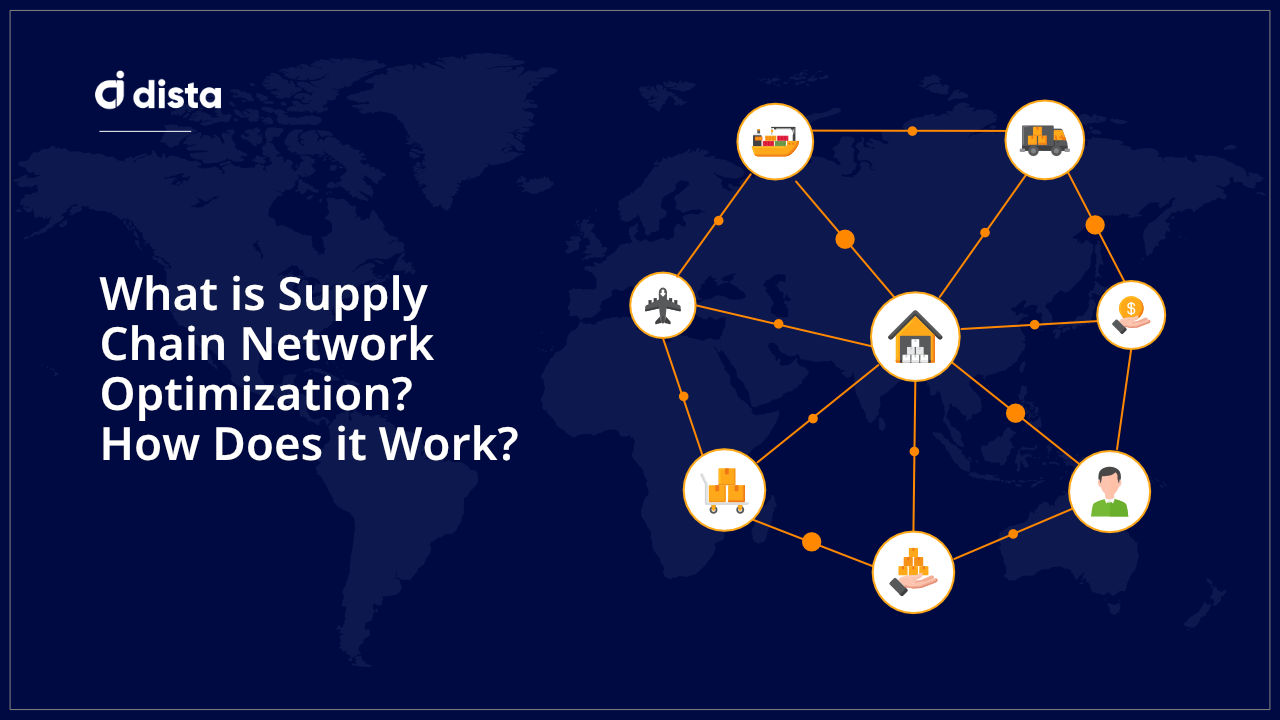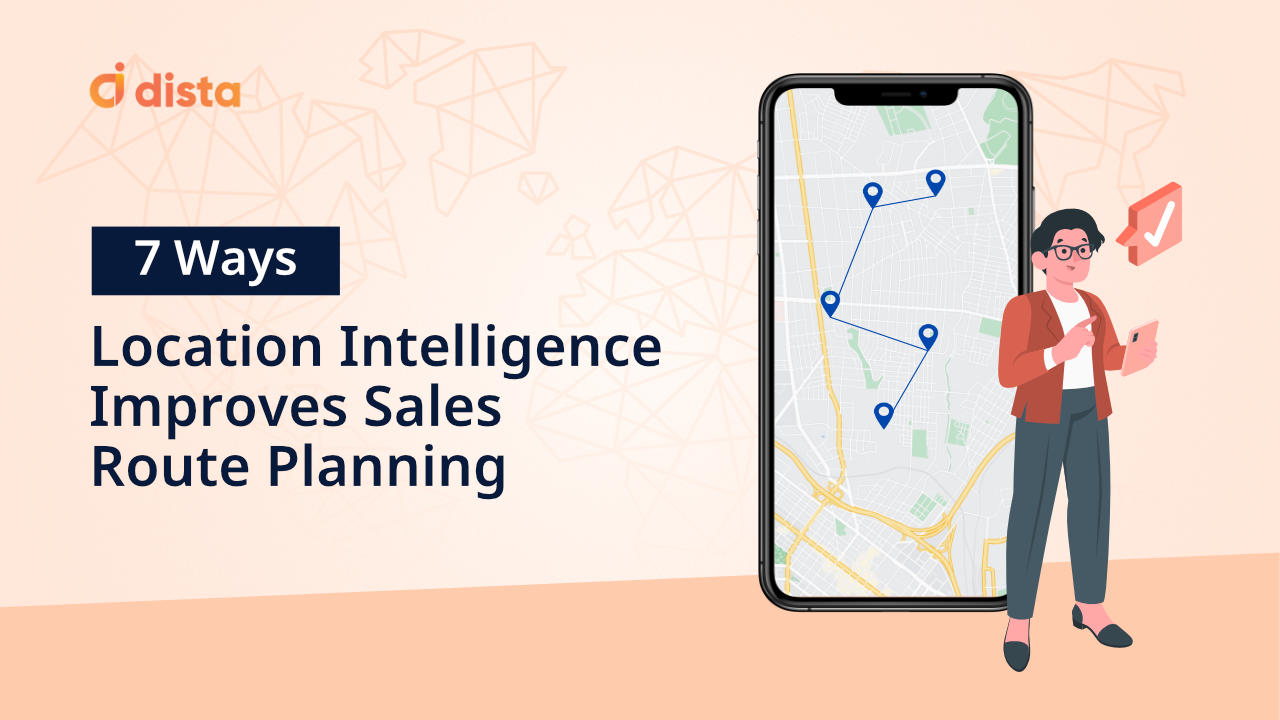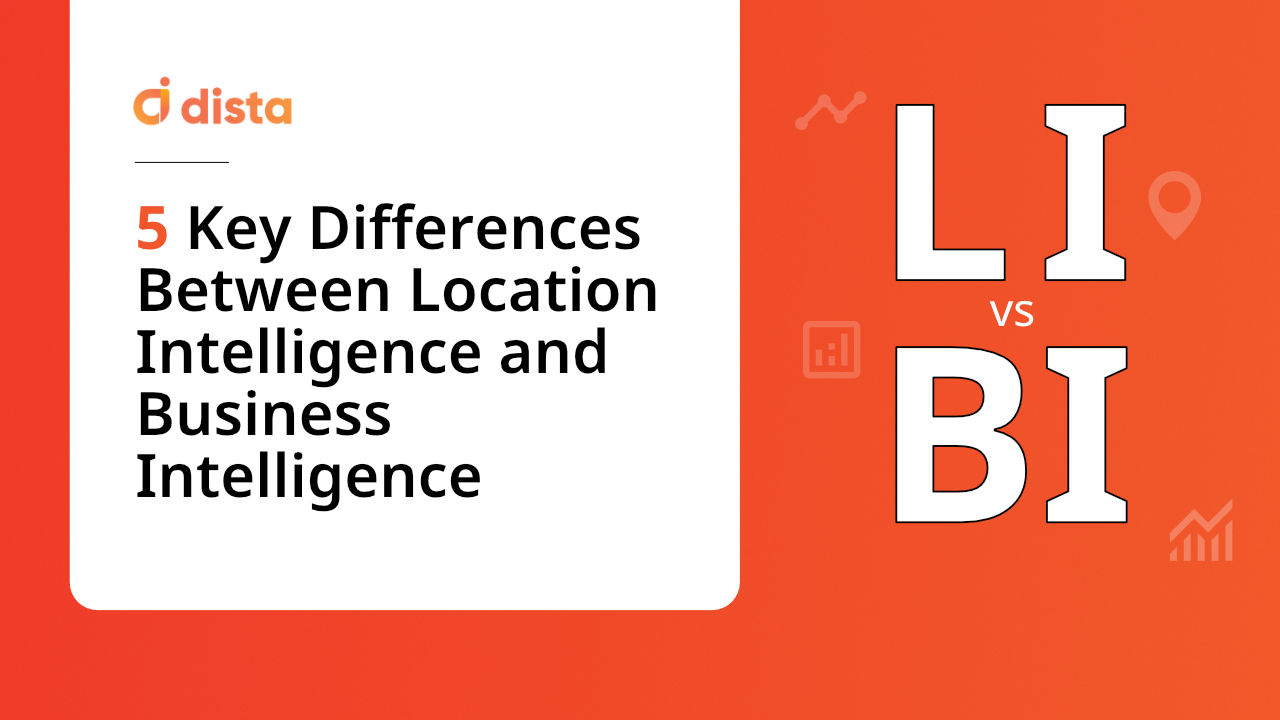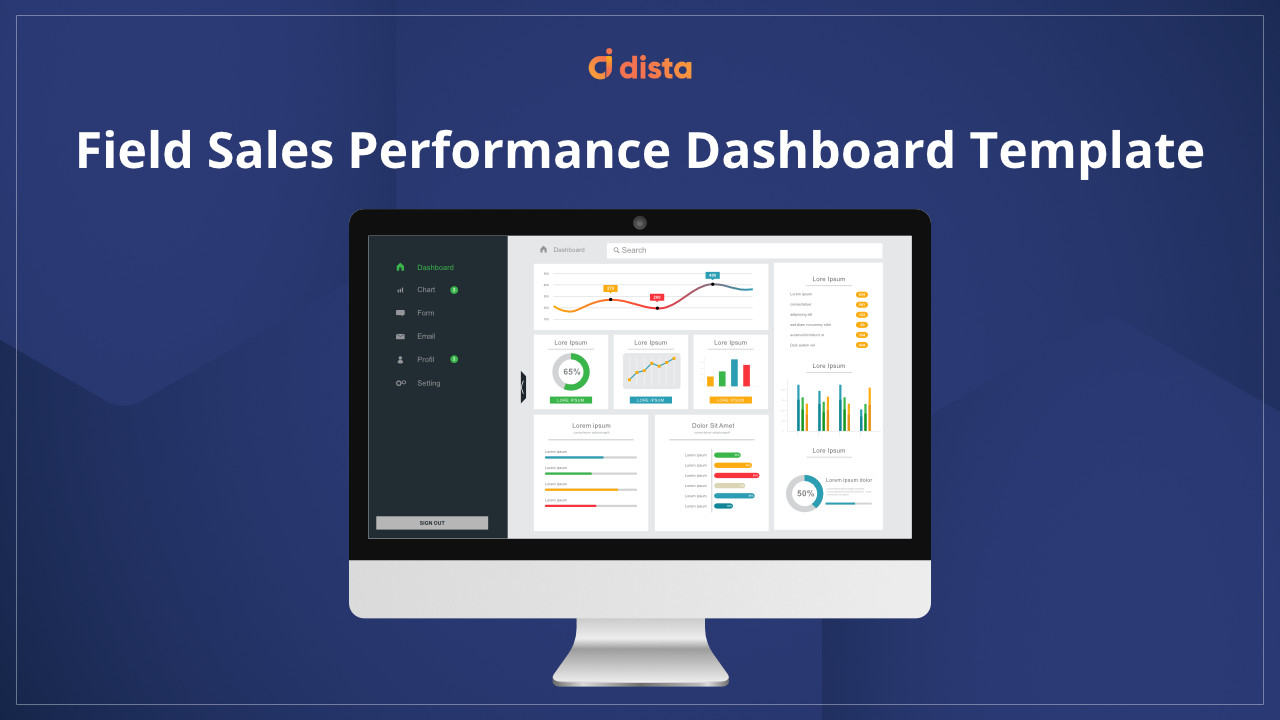A big part of human evolution has been navigating the earth’s surface to identify suitable locations for sustaining life. Businesses today must make the best use of the abundant geographic information available through GIS technology.
What is GIS?
GIS stands for Geographic Information Systems. It is a way of visualizing, strategizing, and operationalizing geographic information. GIS software uses spatial analysis to understand geographic patterns and convert location data into contextual insights.
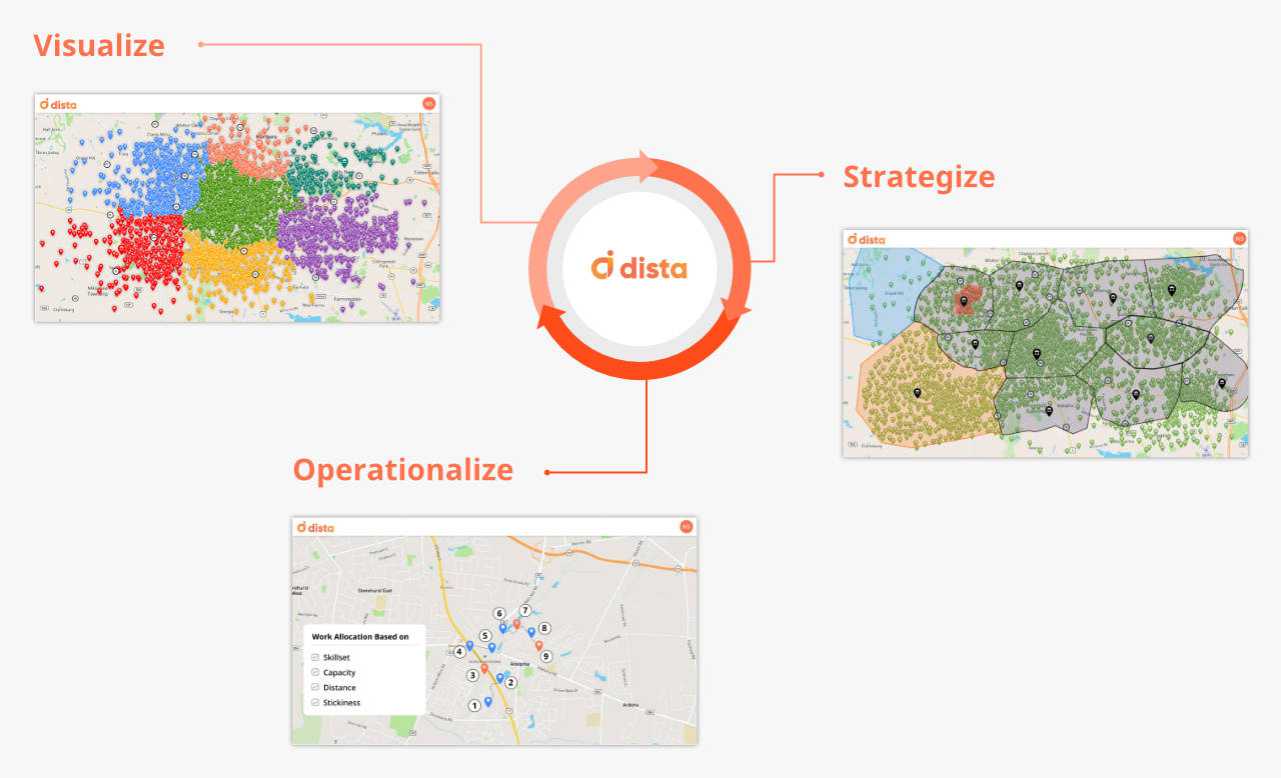
GIS has proven to be a significant tool in business intelligence. It is one of the most crucial business intelligence tools to get actionable insights on several variables, including the location of a company’s stores, warehouses, customers, fleet, demand patterns, etc., and make informed business decisions.
Read More: 7 GIS Trends for 2024
So, how does GIS benefit businesses?
This post will explore seven ways GIS applications revolutionize business operations.
1. Visualize and Understand Business Data
Visualization is the first step towards getting complete visibility of business operations by plotting data on intuitive maps. Strategy leaders get to apply geospatial insights to business data, unveiling contextual relationships between location data points and synthesizing complex information.
Using cluster analysis and interactive heat maps, business leaders get clarity on visualizing leads, customers, business coverage, lead density, spread of field reps, competition presence, and more. It highlights low market coverage or lead density areas and informs the subsequent best action points to improve business performance.
2. Optimize Territory Planning
Leverage geospatial insights to carve out sales territories based on lead and customer density. Map territories based on demand and identify low coverage areas. Distribute leads equitably to balance territories and improve sales efficiency.
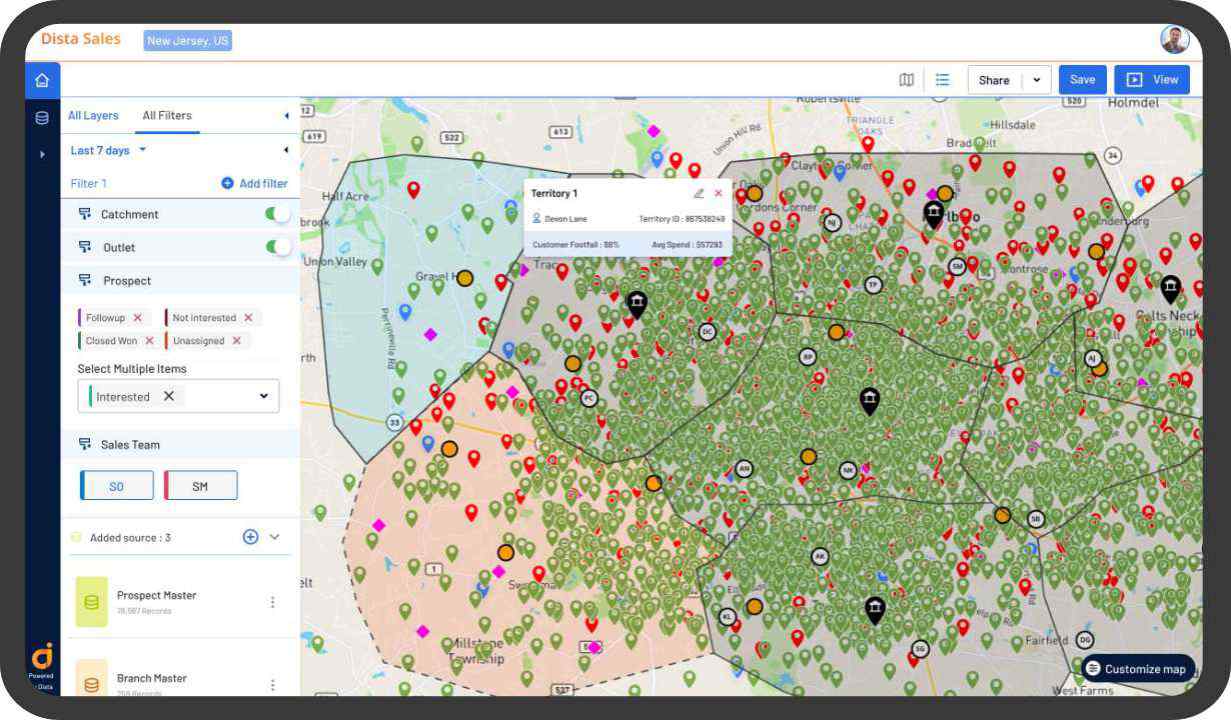
Design and redesign territories by overlaying geospatial data on sales coverage and recognizing demand patterns. Align outside sales reps by territory coverage to win more territories.
Download Now: The Complete Territory Management Kit
Empower territory planning with geospatial data to ensure adequate coverage of territories, modify trade areas, and reduce cannibalization risk.
3. Elevate Marketing Performance
Spatial relationships derived from GIS are a strategic advantage for organizations. For instance, consumer goods and retail firms can leverage geospatial analytics to analyze customer purchasing behavior, alter product pricing based on location, understand customer preferences, and run marketing campaigns using location data.
Retailers can modify store operating hours in specific locations based on customer footfall. Organizations can run loyalty programs by analyzing buying patterns and identifying the most profitable demographic in particular areas. Companies can use PoI (Point of Interest) data to identify new audiences for their product and service.
4. Transform Supply Chain Networks
GIS software is a powerful tool for supply chain network planning. It helps determine the optimal location for distribution centers, warehouses, or other supply facilities.
For instance, an e-commerce platform leveraged Dista Insight (GIS tool) to map all retailers by creating territory clusters. The tool then recommended optimal locations for setting up warehouse facilities by considering the most efficient delivery routes, the number of orders from each cluster, delivery agents needed for each cluster, and more.
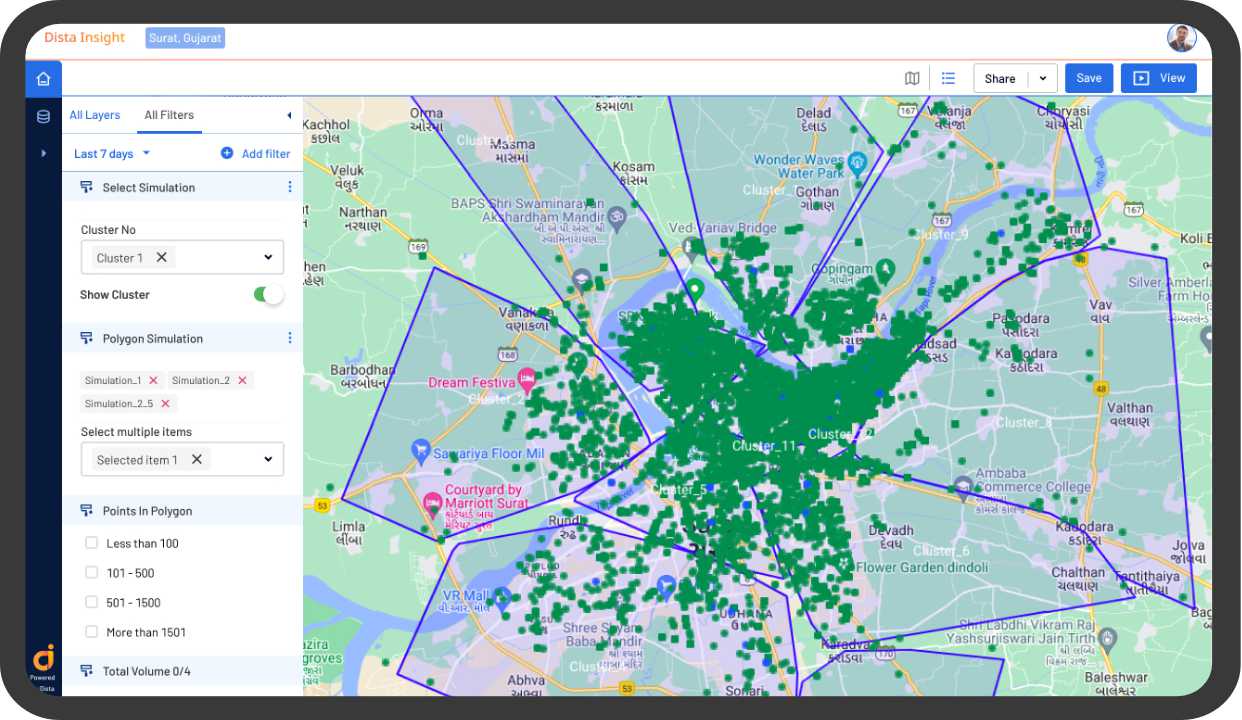
With the help of Dista Insight, the e-commerce firm reduced its logistics and fulfillment costs by 40%. Moreover, the company leveraged insights from the GIS tool to forecast resource utilization for each distribution center.
5. Accurate Market Analysis
GIS technology is highly effective in assisting companies to carve out a market expansion strategy.
For example, a global pizza chain used Dista Insight, our GIS application, to understand the spatial relationship between physical stores and customers. The company designed intelligent trade zones by examining the customer order volume from trade zones, average order value from each location, spending patterns, and customer demographics. It identified underserved areas and high-potential revenue zones.
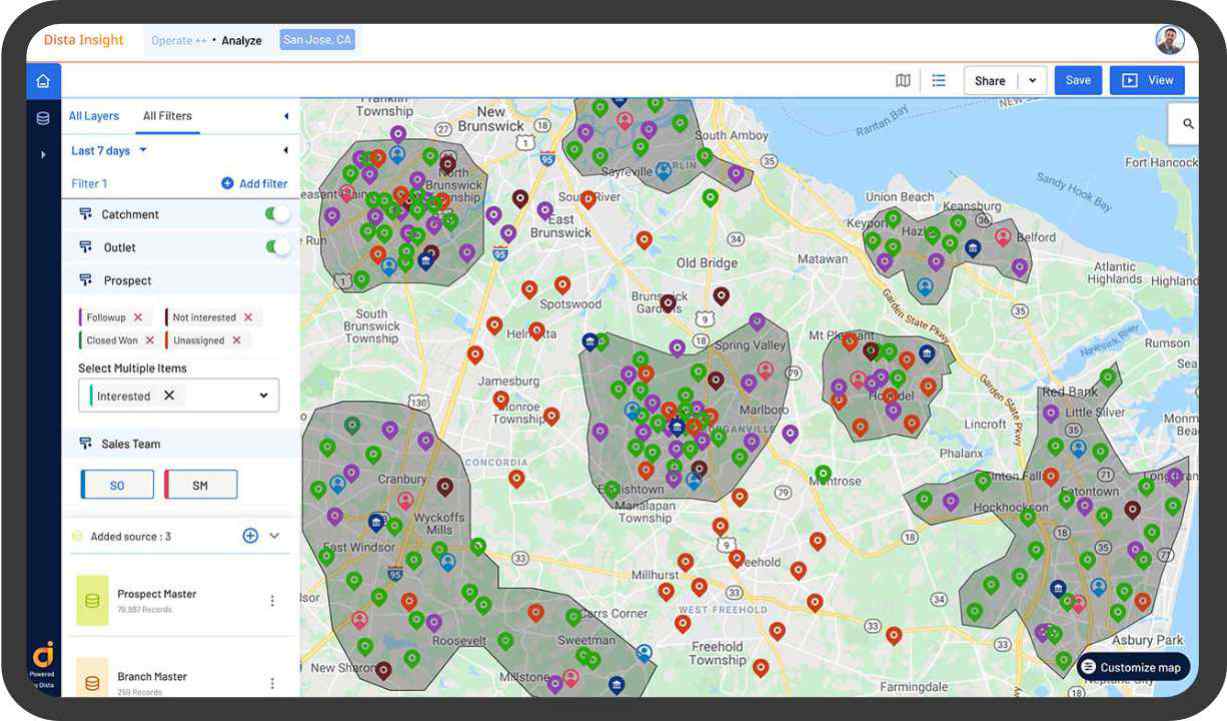
Moreover, overlaying point of interest data such as competitors, location demographics, population, income index, etc., aided in offering recommendations for opening new stores and redesigned trade zones for optimal market coverage. Additionally, the company expanded its outlet network and improved performance by identifying gaps and refining marketing strategies.
6. Improve Decision-making
The ability to visualize and analyze business data on a map view significantly impacts the quality and speed of decision-making. It guides company leaders to strategize and define growth policies using accurate, structured, real-time information.
Moreover, it identifies synergies among spatial patterns and understands relationships between multiple business variables. GIS software is a crucial tool to achieve faster go-to-market with high flexibility.
7. Enhance Operational Efficiency
Legacy workflows are inefficient and cumbersome and end up increasing operational overheads. With the help of GIS technology, organizations can streamline every element of their operations cycle, from optimizing delivery routes to intelligent beat planning to dynamic route optimization and accelerating field mobility.
Nearly 80% of business data has a location component. Leveraging the power of spatial analysis empowers businesses with interactive maps, sharing contextual insights. Map-based visualization guides meaningful interpretation of business data by uncovering new trends and simplifying operational complexities.
Final Thoughts
GIS applications guide companies to move from hindsight to strategic foresight. Organization leaders must realize the actual value of geospatial analysis. It allows companies to streamline workflows, modernize legacy systems, and improve decision-making.
Dista has unlocked success for several enterprises using GIS technology. With the power of visualizing, optimizing, strategizing, and operationalizing business processes, GIS has endless possibilities. Enterprises should start planning their GIS investments to gain a competitive advantage and elevate performance. Get in touch with us for a quick demo.

